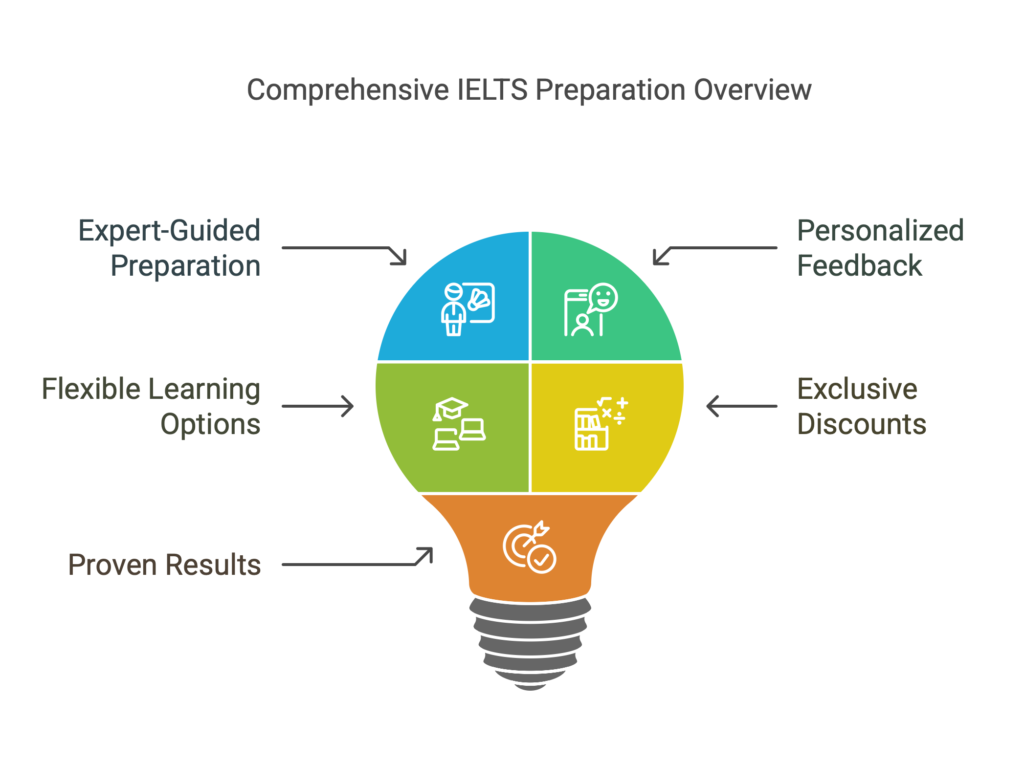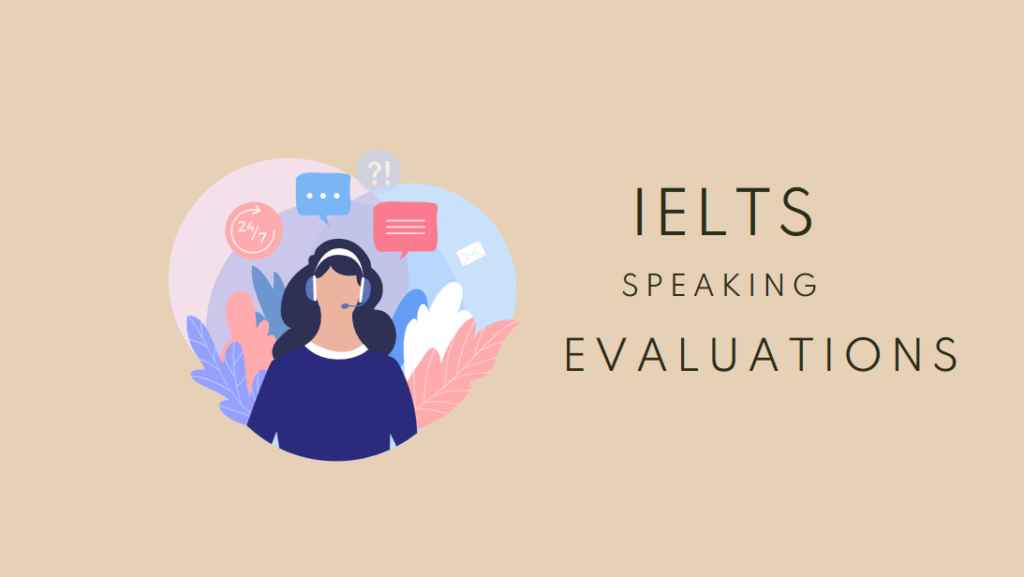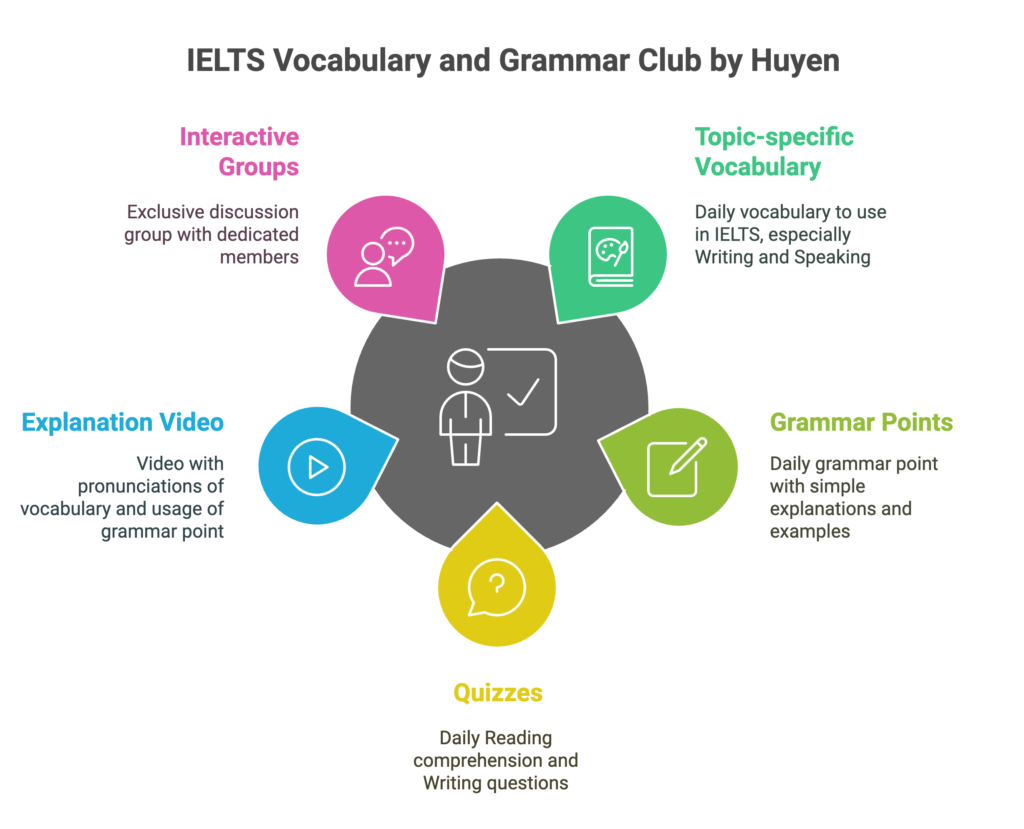When I first started preparing for IELTS – about 12 years ago – I was just like many of you. I had so much faith in IELTS Reading ‘scan and skim’.
My go-to strategy? Scan for keywords, skim for answers. 🔍📄 Basically, I was hunting for familiar words in the passage and hoping the answers would magically appear.
But… to be honest with you? It didn’t work that well. 🙃
So I started to question it. Maybe ‘scan and skim’ weren’t as powerful as everyone claimed?
Fast forward to today: after 11 years of teaching IELTS and 12 years of experience with the exam, I can now confidently say…
👉 ‘Scan and skim’ does work, just not in the way I originally thought.
Let me show you how to make them actually work for you. Let’s rebrand scanning and skimming and use them smartly. 💡
So, What Are You Really Scanning or Skimming For?
Here’s the thing: scanning and skimming are two different skills, and to use them effectively, you need to know:
What you’re scanning for, and
What you’re skimming for
Let’s break it down!
✅ Questions involving names and numbers
This technique is super helpful in certain question types, especially questions involving names and numbers.
Why? Because names and numbers don’t usually change between the passage and the question. That makes them perfect targets for scanning. 🎯
Scan to locate the name or number, then skim around that area for the answer. Easy!
❌ When You Can’t Rely on Keywords
Here’s where many people get stuck:
Some questions don’t have names, numbers, or obvious keywords. That’s because IELTS loves to paraphrase. 🤯
This means the question and the answer in the text use different words, but the same meaning.
But wait! This is actually GOOD news! 🙌
If you understand the meaning behind the question, you can:
Scan for the area in the passage where that idea is discussed.
Skim that area carefully to find the exact answer.
You’re no longer chasing exact words, you’re chasing meaning. And that’s where real progress happens.
Final Tip 💡
Next time you practice IELTS Reading, don’t just scan and skim randomly. Know what you’re looking for. Understand the question. And then target the right part of the passage.
Want more support? Join our Everything IELTS preparation plans for unlimited help and benefits! Or start right now with a free practice test. It’s a great way to test this strategy in action. 🚀
See you there. And as always, have fun learning! 😊
Book your IELTS exam 👉 The Official Website of IELTS
















Responses